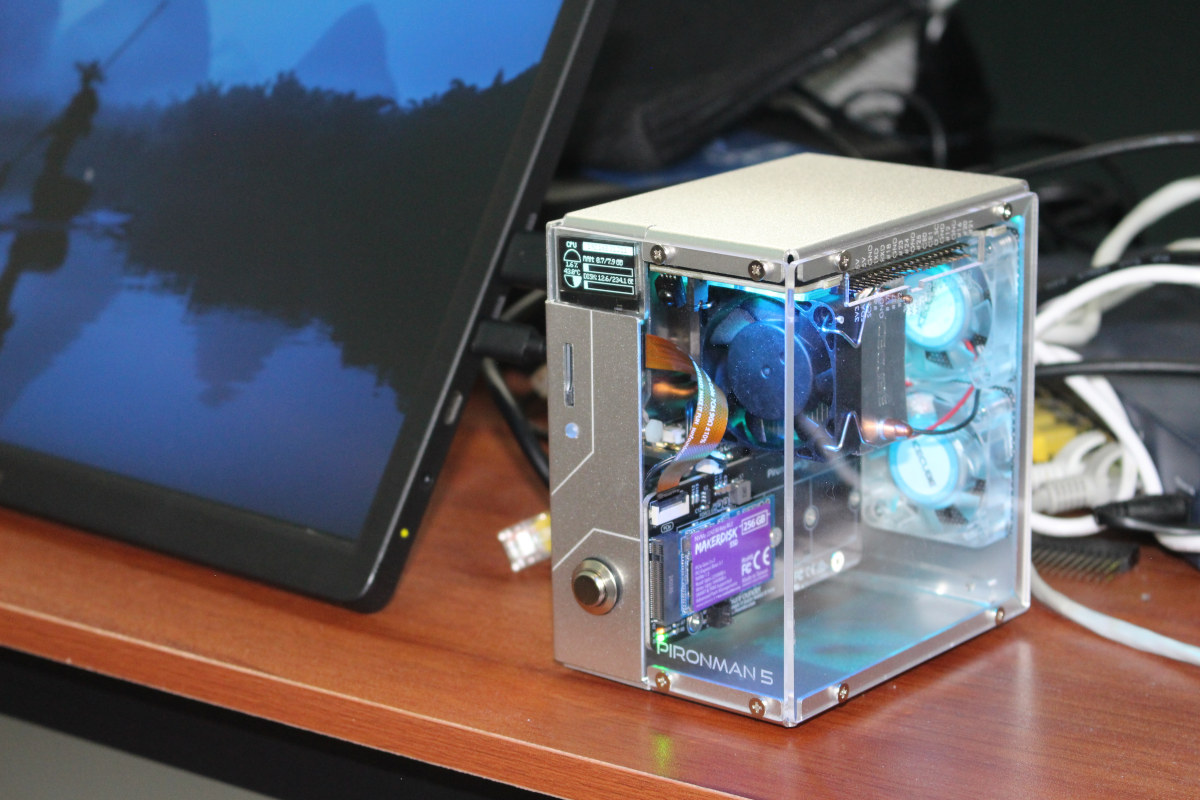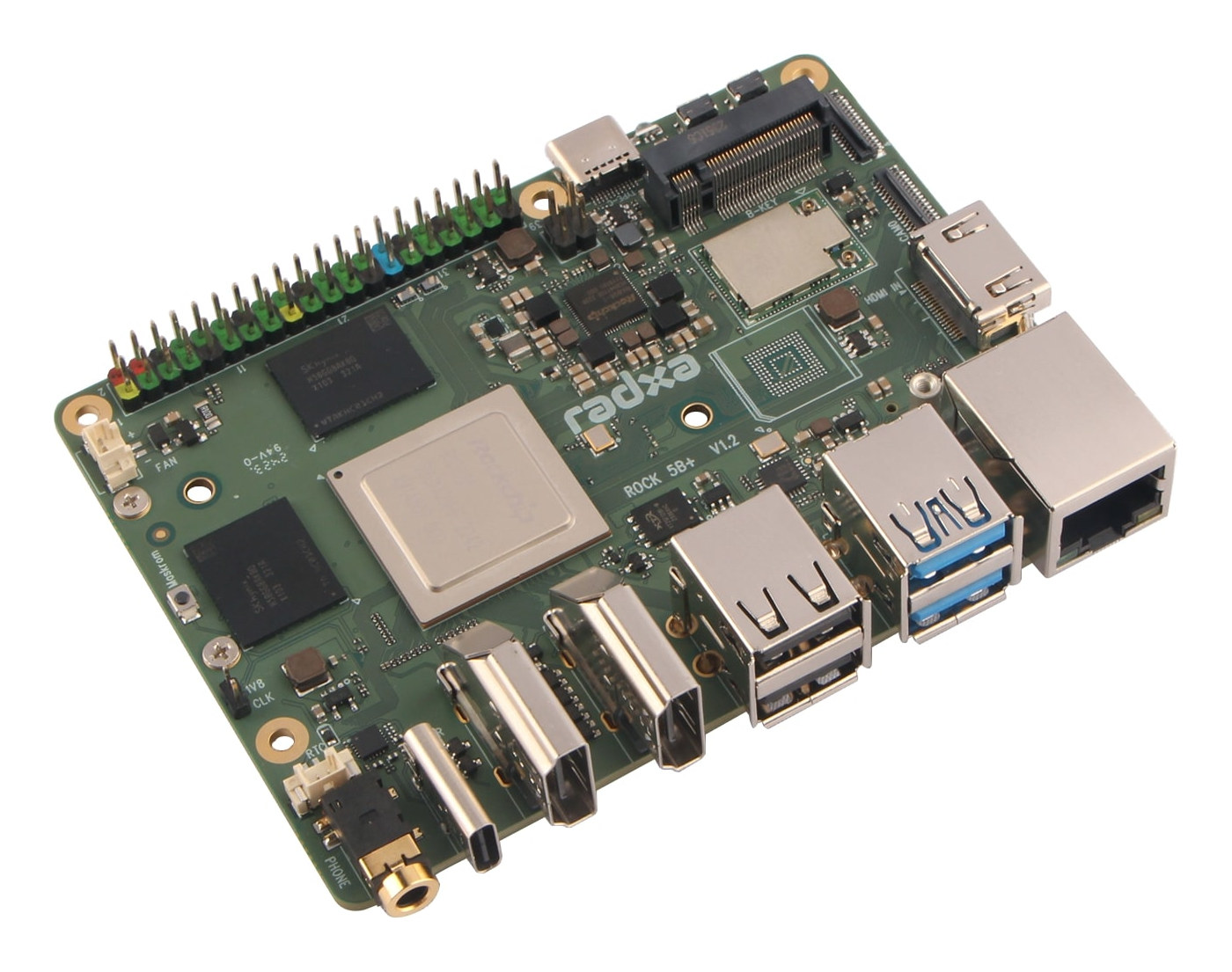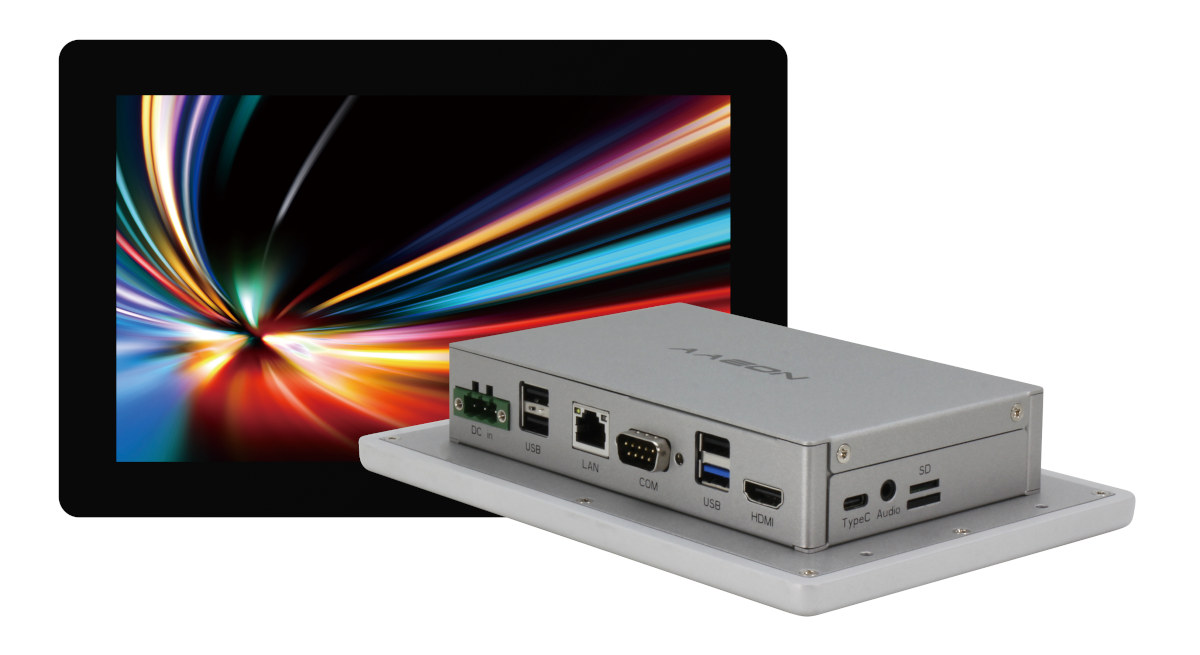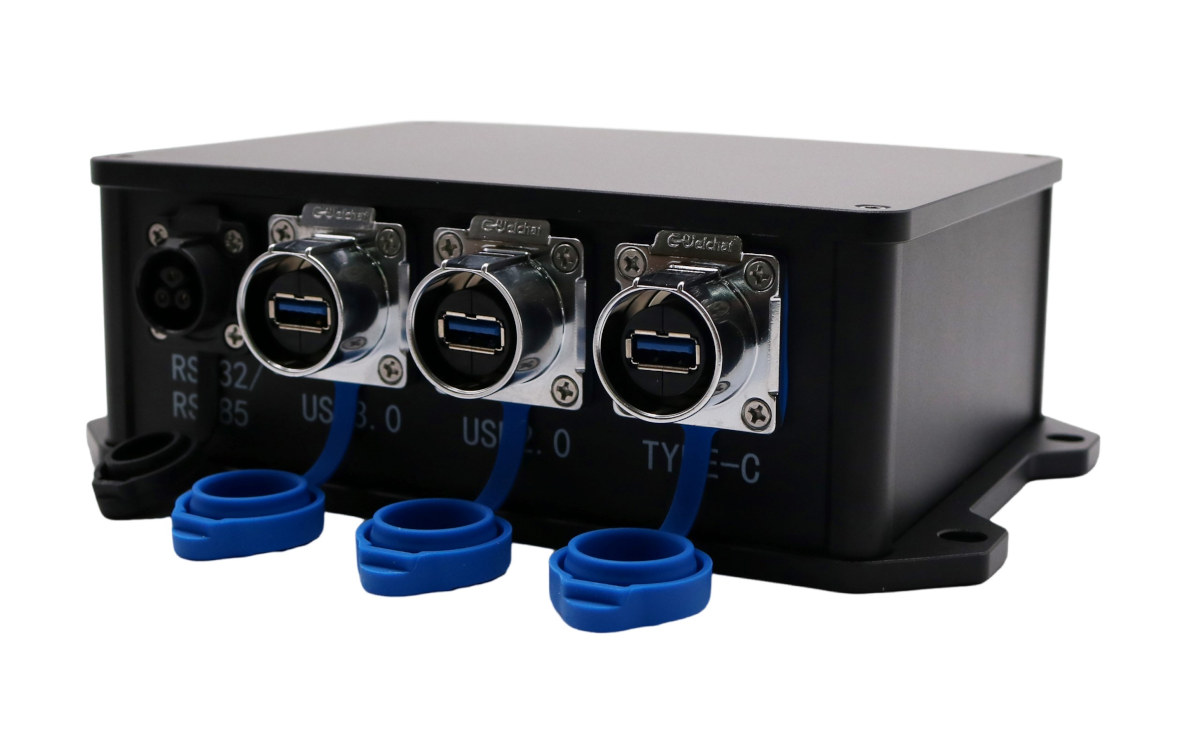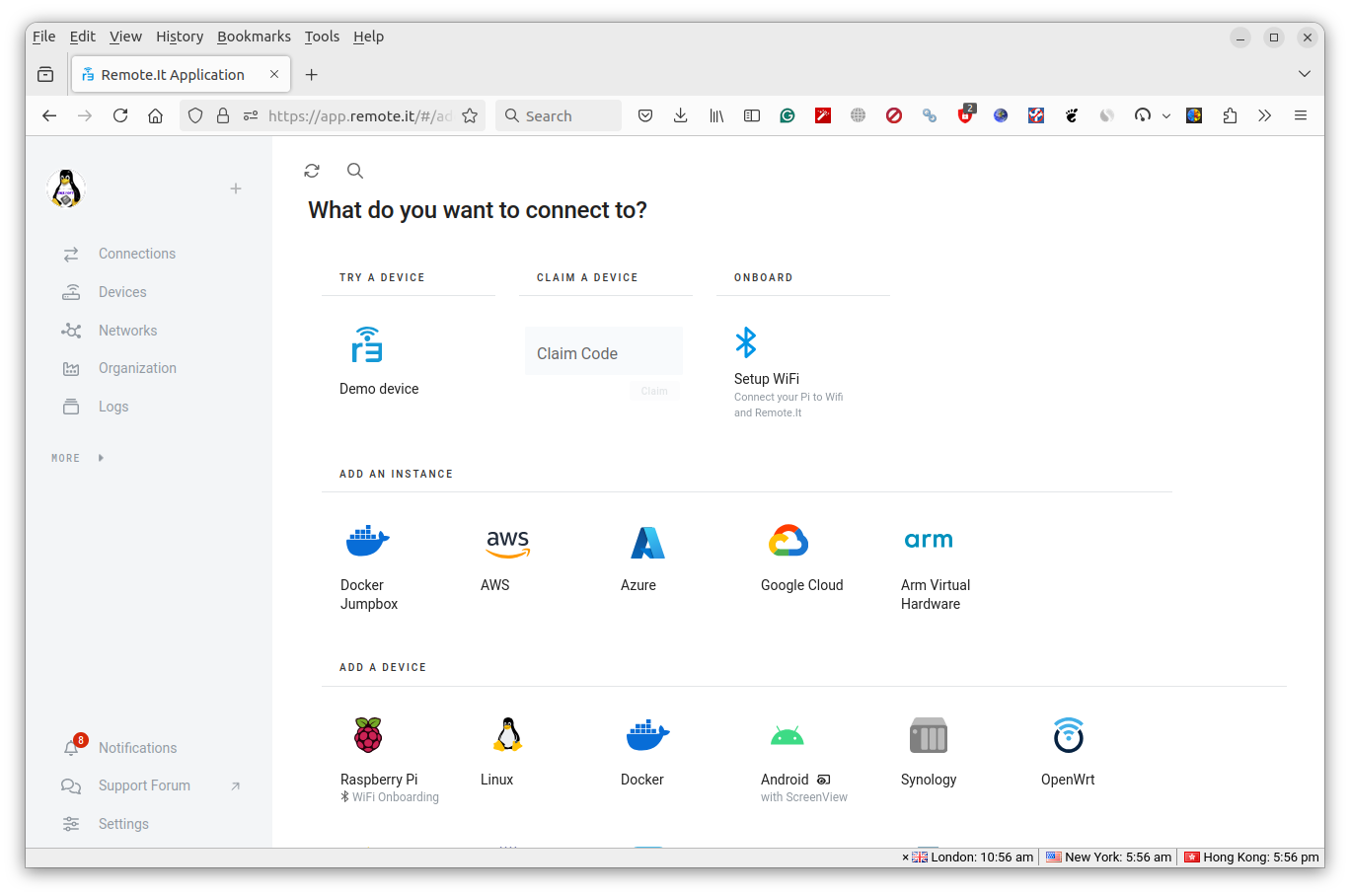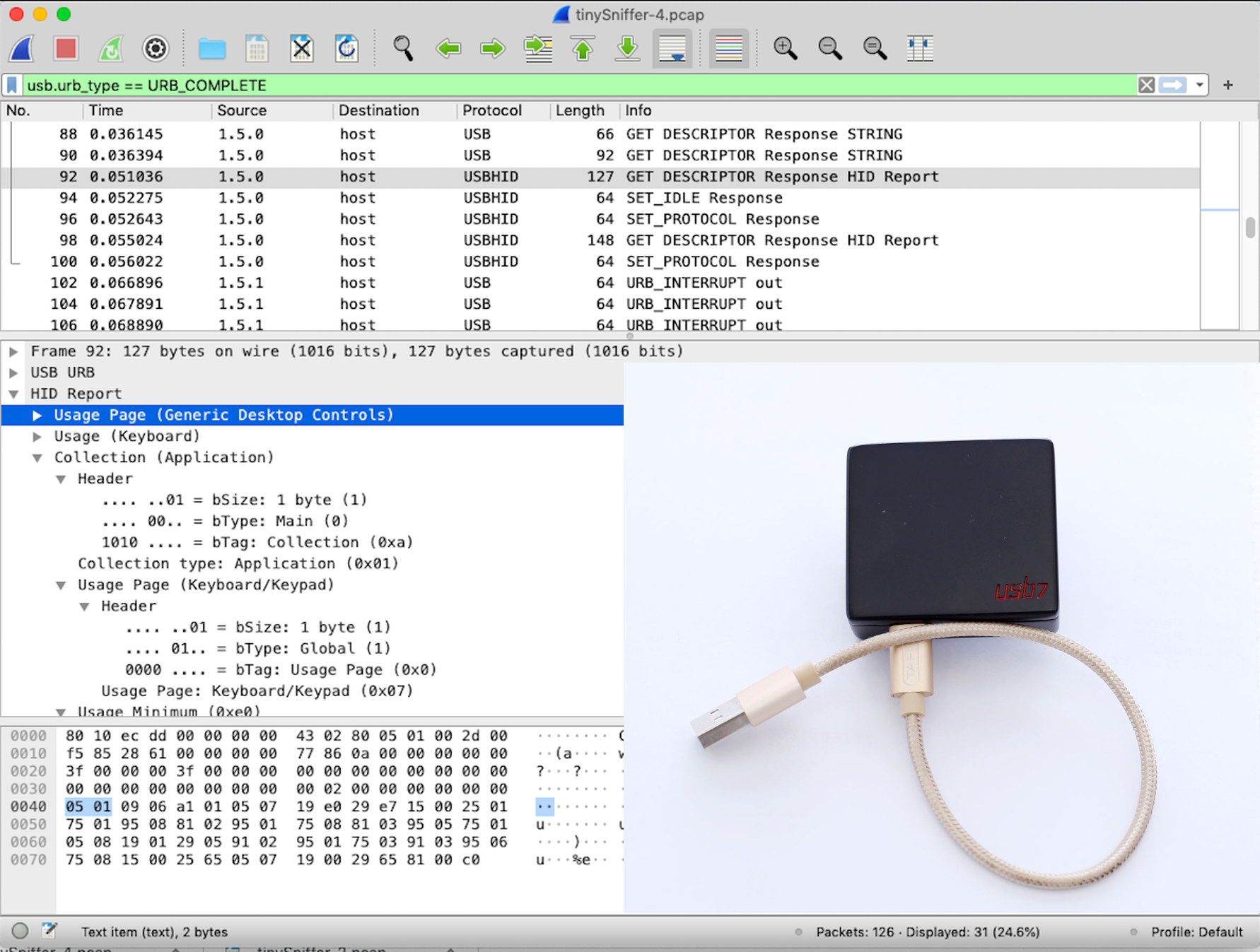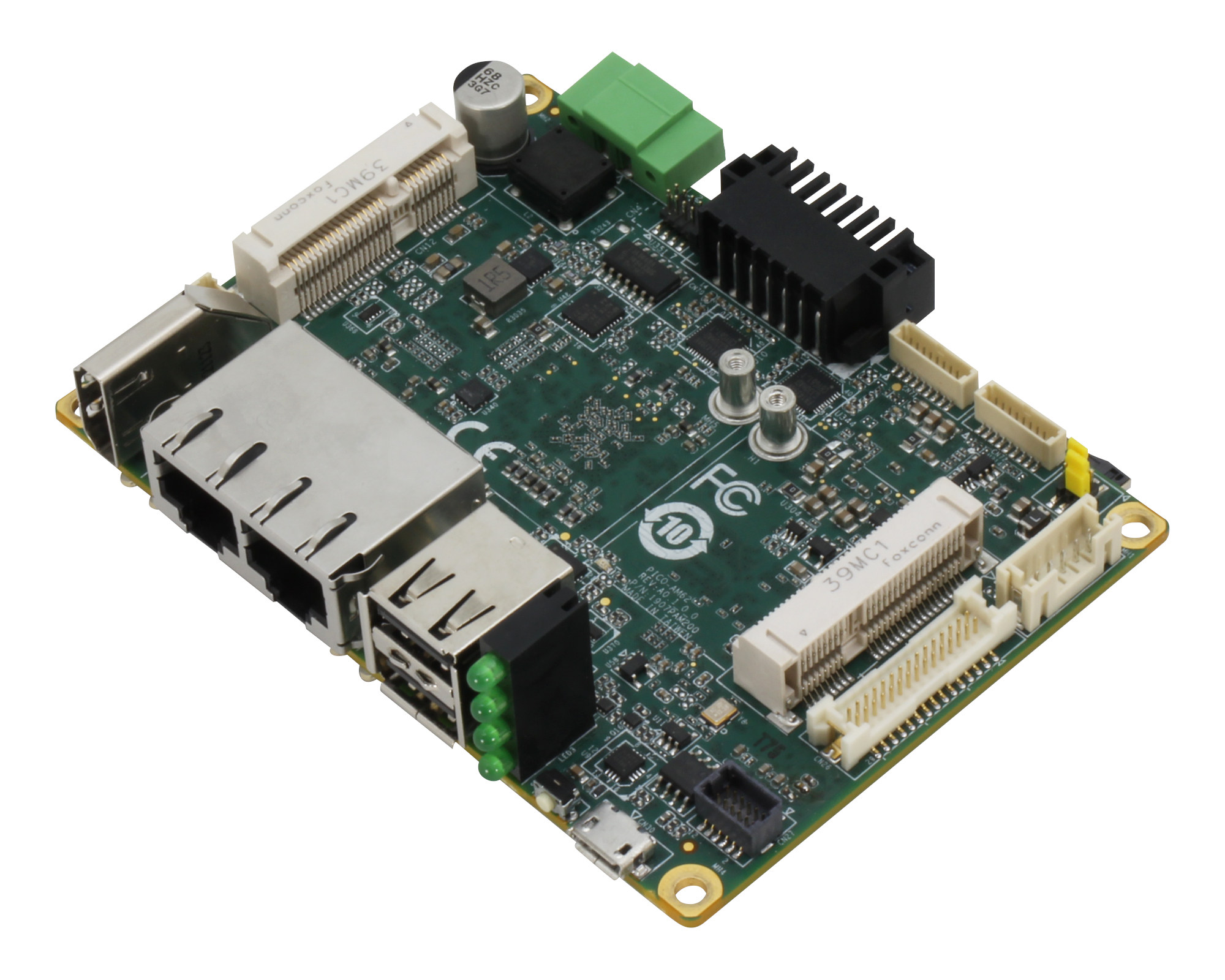The Adeept Robot HAT V3.0 is a motor and sensor driver HAT that supports Raspberry Pi 5, Pi 4, and Pi 3 models. The board features a bunch of headers that give access to sensor and motor controllers including sixteen servo motor ports, a three-channel line tracking sensor, an ultrasonic sensor, IR receivers, WS2812 RGB LEDs, and more. Additionally, the board features an integrated 8.4V battery charger with a Type-C port for charging. All these features make it easy to build DIY robotics and smart car projects with this HAT. Previously we have written about similar educational robot kits including the Arduino Alvik educational robot, the XGO-Rider self-balancing robot, the Waveshare UGV Rover, SunFounder GalaxyRVR, and much more. Feel free to check that out if you are interested in those topics. Adeept Robot HAT V3.0 specifications HAT Name – Adeept Robot HAT V3.0 Host controller (one or the other) Raspberry Pi […]
Review of Pironman 5 mini PC case for the Raspberry Pi 5 SBC
SunFounder has sent me a review sample of the Pironman 5 tower PC case for the Raspberry Pi 5. I had already reviewed the Pironman case for Raspberry Pi 4 last year, so I’ll do something similar this time around with the new Pironman 5 case adding support for NVMe SSD using the PCIe interface from the Pi 5 SBC. The Pironman 5 review will include unboxing and an assembly guide, followed by software installation and features testing (e.g. OLED display, RGB LED control, remote control. soft power off, etc…), before testing the cooling efficiency of the device with some benchmarks. Pironman 5 unboxing The Pironman 5 comes in a package that will be smaller than most people expect. The main features are listed on the side with 5V/5A power input, a 0.96-inch OLED, a tower cooler, M.2 NVMe SSD support, an IR receiver, a CR1220 battery (included), four RGB […]
Upgraded Radxa ROCK 5B+ SBC gets LPDDR5 memory, eMMC flash, WiFi 6, two M.2 M-Key sockets, 4G LTE/5G support, and more
The Radxa ROCK 5B+ (“ROCK 5B Plus”) is an upgrade to the Rockchip RK3588-powered ROCK 5B Pico-ITX SBC with the same form factor but various changes including a switch from LPDDR4x to LPDDR5, optional built-in eMMC flash, and an onboard WiFi 6 and Bluetooth 5.2 module instead of one connected through an M.2 Key-E connector. Other changes include replacing the M.2 Key-M PCIe Gen 3 x4 socket with two M.2 Key-M PCIe Gen3 x2 sockets, adding a SIM card slot and M.2 Key-B socket for 4G LTE or 5G cellular connectivity, adding an extra USB-C port for power only (was multiplexed with USB-C Display Port connected in ROCK 5B), and the HDMI input relies on a full-size HDMI port instead of a micro HDMI port. Other small changes can be found in the specifications below with differences highlighted in bold and strikethrough. Radxa ROCK 5B+ specifications: SoC – Rockchip RK3588 […]
AAEON ACP-1078 – A Rockchip RK3568-powered 7-inch touchscreen panel PC for manufacturing and logistics
AAEON ACP-1078 is a 7-inch touchscreen panel PC powered by a Rockchip RK3568 quad-core Cortex-A55 AI SoC with 12V to 24V DC input, and an IP65-compliant aluminum front bezel suitable for manufacturing and logistics use cases. The fanless panel PC ships with up to 4GB RAM and 16GB eMMC flash and offers dual GbE networking, HDMI output, five USB ports, two COM ports, a microSD card slot, and a 3.5mm audio jack. AAEON ACP-1078 panel PC specifications: SoC – Rockchip RK3568 CPU – Quad-core Cortex A55 processor at up to 2.0 GHz GPU – Mali G52 GPU with support for OpenGL ES 1.1/2.0/3.2, OpenCL 2.0, Vulkan 1.1 VPU 4Kp60 H.264, H.265, VP9, 1080p60 MPEG-4/-2/-1, VP8, and VC1 video decoder 1080p60 H.264/H.265 video encoder AI accelerator – 0.8 TOPS NPU System Memory – 2GB or 4GB LPDDR4 Storage 16GB eMMC flash MicroSD card socket mSATA socket Display 7-inch WSVGA (1024 x […]
IP68-rated Rockchip RK3588 embedded mini PC works underwater
Mekotronics R58X-IP68 is a Rockchip RK3588-powered embedded mini PC with an IP68 ingress protection rating that makes it waterproof and even allows it to run submerged underwater. We’ve previously covered IP68 or IP67-rated hardware platforms like IoT gateways, thermal cameras, telemetry modules, and more. Those often rely on M12 or M8 connectors for waterproofness, but the Mekotronics R58X-IP68 relies on regular connectors housed in a waterproof socket and cable. Mekotronics R58X-IP68 specifications: SoC – Rockchip RK3588 CPU – Octa-core processor with four Cortex-A76 cores @ 2.4 GHz, four Cortex-A55 cores @ 1.8 GHz GPU – Arm Mali-G610 MP4 GPU VPU Video Decoder 8Kp60 H.265 VP9, AVS2 8Kp30 H.264 AVC/MVC 4Kp60 AV1 1080p60 MPEG-2, MPEG-1, VC-1, VP8 Video Encoder – Real-time H.265/H.264 video encoding up to 8Kp30, also usable as a multi-channel encoder in parallel (at lower resolution) AI Accelerator – 6 TOPS NPU System Memory – 4GB, 8GB, or 16GB […]
Remote.It adds Bluetooth assisted WiFi configuration to Raspberry Pi SBC’s
Remote.It, a company providing remote access services, has released an open-source project to enable Raspberry Pi WiFi network configuration using Bluetooth (BLE), so users can easily configure WiFi on the board by simply using their smartphone. Configuring WiFi on a Raspberry Pi usually involves either: Manual configuration – The user connects a monitor and keyboard to the Raspberry Pi to configure the wireless network directly on the device. Pre-configured SD cards, NVMe SSDs, or USB drives – The WiFi ESSID and password can be set in Raspberry Pi USB imager, and the Raspberry Pi will automatically connect to the network at boot time. That’s quick, but less flexible since the credentials can’t be modified after deployment, and it only works when using a single wireless network. Remote.It offers a third option for WiFi provisioning using Bluetooth LE. The Raspberry Pi can run headless or fully enclosed into a product, and […]
tinySniffer WiFi-connected USB sniffer is based on NanoPi NEO Air SBC
TinySniffer is a USB sniffer based on the Allwinner H3-powered NanoPi Neo Air SBC, designed to capture USB 1.x and 2.0 packets remotely, and whose captured data is compatible with the popular Wireshark packet analyzer tool. Wireshark can already be used to capture USB packets on its own and I reverse-engineered a USB capture video solution that way in the past, but this method has some limitations, for instance, it does not capture some low-level USB packets, in which case a hardware USB sniffer like Total Phase Beagle USB, the PhyWhisperer USB, or the tinySniffer is required. The micro USB OTG port of the NanoPi NEO Air SBC is connected to the host computer and the company added a USB 2.0 Type-A port connected to the USB interface on the GPIO header to connect a device under test such as a USB keyboard, a USB Ethernet dongle, a USB printer, […]
Texas Instruments AM6232/AM6254-powered SBC and industrial IoT gateway offered with a 20-year lifespan
AAEON’s PICO-AM62 and SRG-AM62 are respectively a single board computer (SBC) and an industrial IoT gateway powered by Texas Instruments AM6232 or AM6254 Sitara Arm Cortex-A53/M4 SoC, designed to operate within the -40°C to 85°C temperature range, and offered with a 20-year lifespan. The SRG-AM62 gateway simply houses the PICO-AM62 pico-ITX SBC within a metal case so both offer dual gigabit Ethernet, HDMI 1.4 port, and two USB 2.0 as well as communication interfaces such as RS-232/422/485 and CAN Bus. Designed to be operated in industrial settings, the systems support a wide 9V to 36V input voltage range. PICO-AM62 SBC and SRG-AM62 gateway specifications: SoC – Texas Instruments AM623x either AM6232 Sitara with dual-core Arm Cortex-A53 processor @ up to 1.4 GHz, Cortex-M4F real-time core @ 400 MHz, no 3D GPU AM6254 Sitara with quad-core Arm Cortex-A53 processor @ up to 1.4 GHz, Cortex-M4F real-time core @ 400 MHz, Imagination […]



